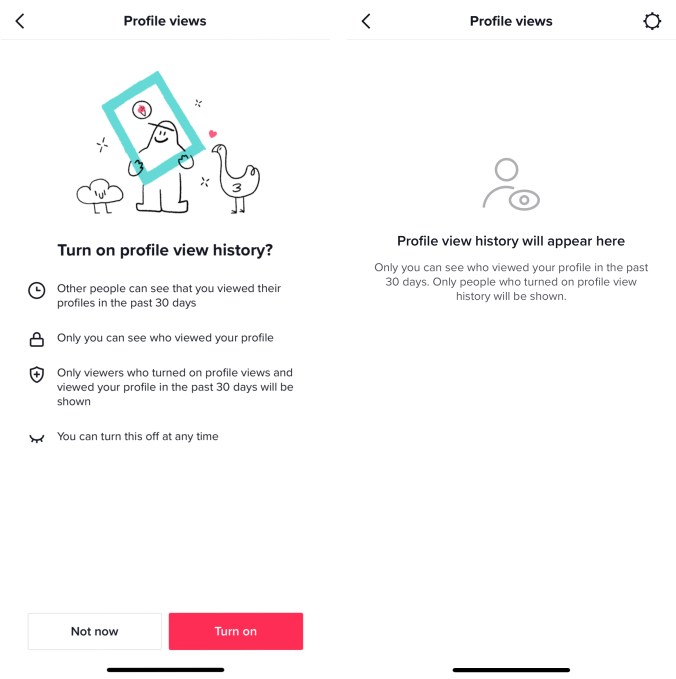
AT&T is making its first move into decentralized physical infrastructure (DePIN) in partnership with Helium, by allowing its customers to tap into a network of user-powered WiFi hotspots
The partnership was announced on April 24, with Helium Mobile CEO and co-founder Amir Haleem calling it a “massive step forward” in the company’s push to deliver “affordable and accessible connectivity to the masses.”
What is Helium, and what does this partnership mean?
Helium is a decentralised wireless network that operates using a distributed model, where individuals and small businesses deploy low-power devices known as Hotspots.
These units function as miniature cell towers, providing wireless coverage in exchange for token-based rewards.
This infrastructure serves as an alternative to traditional telecom rollouts, especially in areas where deploying standard cell towers is economically unviable.
Currently, Helium’s network comprises more than 93,500 active Hotspots, primarily concentrated in the United States.
The partnership allows AT&T to utilise Helium’s hotspot coverage through Passpoint integration, a WiFi authentication protocol that enables devices to connect automatically and securely, without the need for manual logins, when within range of a participating hotspot.
Devices within range of a Helium hotspot will automatically transition to the network, enhancing user connectivity in areas with limited mobile signal strength.
For AT&T, the integration provides an opportunity to extend its service footprint using an existing decentralised network, without the need for additional physical infrastructure.
Helium, in turn, gains greater utility for its network and increased visibility among mainstream users.
Among other perks, AT&T will also be able to access Helium’s real-time network quality metrics that would allow it to provide granular insight into performance across decentralised nodes.
Such a level of transparency is typically absent in conventional infrastructure models.
AT&T has long shown an appetite for emerging tech. It was one of the first telecom giants to let users pay bills with crypto, and it’s explored blockchain-backed tools for everything from enterprise supply chains to digital data tracking.
The company filed patents for a blockchain-based system to map users’ social media activity, well before decentralised infrastructure became a buzzword.
Past partnerships
While the partnership marks a major milestone in terms of the mainstream adoption of the DePIN movement, this isn’t Helium’s first brush with the telecom world.
One of its most notable partnerships to date has been with Telefónica’s Movistar in Mexico, where Helium Mobile integrated its decentralized network to support connectivity for over 2.3 million subscribers across regions like Mexico City and Oaxaca.
Beyond partnerships and sponsorships, Helium has been steadily building out its technology stack to support broader adoption.
In mid-2023, the company introduced a licensing programme that opened its network technology to hardware manufacturers, creating a more open ecosystem for expanding coverage through third-party devices.
The launch of Helium Mobile’s Zero Plan in February 2025 marked another major step for the DePIN project.
The plan offers 3GB of data, 300 text messages, and 100 minutes of talk time each month at no cost by leveraging Helium’s decentralized network with T-Mobile’s nationwide 5G service for broader coverage.
The post AT&T taps Helium’s DePIN network to boost WiFi coverage for customers appeared first on Invezz















 English (US) ·
English (US) ·